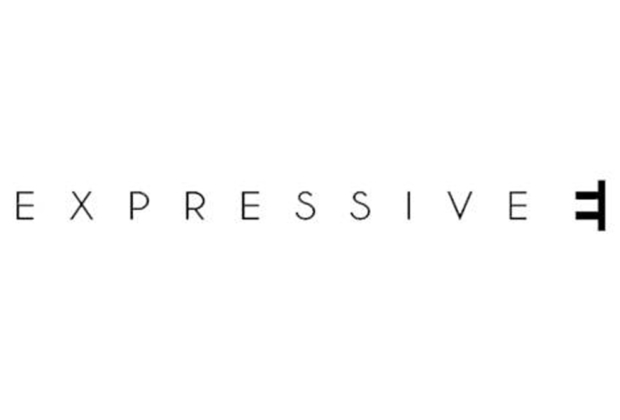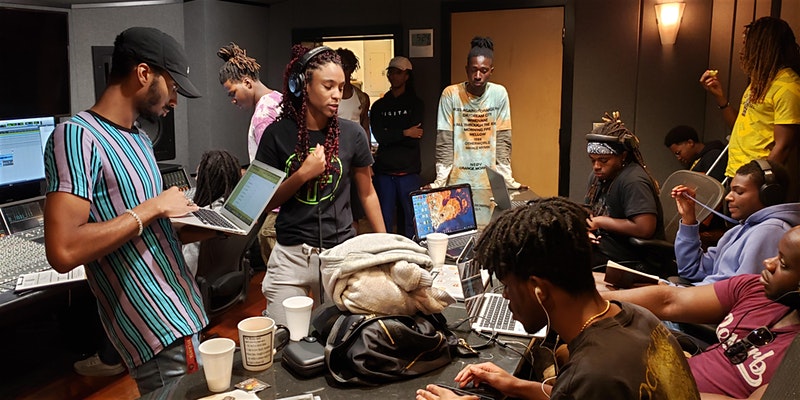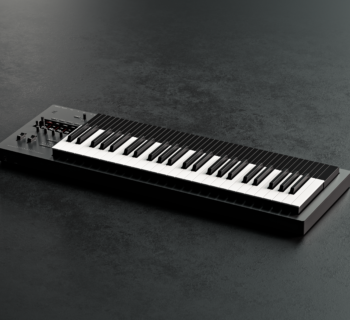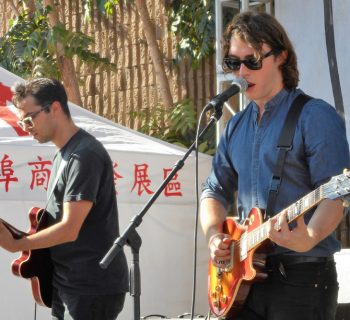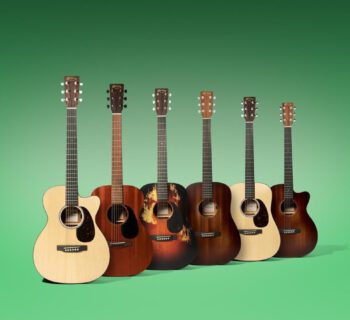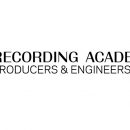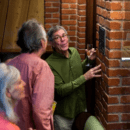While the power of music-creation software and hardware electronic instruments has grown exponentially in this century, the interfaces for playing those sounds have remained largely stagnant. However, as the trend toward more musically expressive electronic instruments and controllers continues, electronic music production is poised to enter a new era that dismantles the disconnect between the instrument and the musician’s expression. French electronic instrument developer Expressive E happily welcomes this dawning era. With its award-winning Touché and Touché SE controllers, expressive sound design and synthesizer plug-ins, and its upcoming Osmose keyboard synth, Expressive E has established itself as a major participant in this movement to take electronic music production into a bold future.
Electronic music production has democratized, and to a great extent, demonetized the ability to make music, so that millions of more people can create and enjoy the art form. The proliferation of DAW and plug-in instrument and effect software of the late 1990s and 2000s made music production accessible to musicians with a limited budget. Then in the 2010s, the musicians’ desire for a more tactile user interface, combined with less expensive hardware components and manufacturing lead to a revival of analog synthesizers, modular systems, and other hardware electronic instruments.
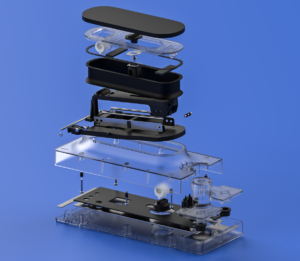
However, the common user interface elements from those cycles in electronic music production—whether they be the mouse and keyboard or the knobs, faders, and switches that originated from broadcast and recording equipment—were not designed for musicians to have an expressive connection to the sound. These new expressive instruments on the other hand do provide such a connect
ion, and at the same time will work with all of the very powerful hardware and software sounds, sound engines, and machines that have been developed. Now the path is clear for the 2020s to define a new age in expressive electronic music.
“We’re confident that expressivity is the way that music-creation technology will be going in the coming years,” says Alexandre Bellot, co-founder and CEO of Expressive E. “Software instruments and hardware synthesizers have become incredibly powerful without their user interfaces catching up to let musicians play with emotional and physically-connected expression. That’s beginning to change, and we love that we’re a part of that.”
It has been Expressive E’s mission since it launched to bring the same emotive depth, playing sensation, and expression of acoustic instruments to the world of synthesizers and electronic music-making. With its Touché controllers, software synths, Osmose keyboard, and powerful dedicated sound design, the musician enjoys a seamless and direct impact between their finger movements and the resulting sounds, much like a guitar player or an orchestral musician.
The Expressive E Story
Expressive E’s inspiration for the Touché came from one of the first electronic instruments—the Ondes Martenot, invented in the 1920’s by French cellist and radio telegrapher Maurice Martenot. To compete with the expressivity of traditional orchestral instruments, the Ondes Martenot used a special lever similar to a Morse code telegraph key, which allowed the player fine, gradual over the sound’s amplitude with the left hand, while playing the pitch with the right hand.
To recreate a similar mechanism for modern music production, Expressive E spent years of R&D to craft a unique device that offers progressive pressure feedback the more you press it down. More meticulous study went into perfecting the materials and form of the Touché so it could control any parameter of electronic instruments—be they modern or vintage, software or hardware—with the same precise interactivity and subtle control as a musician feels with acoustic instruments. It then took many iterations working with the award-winning Parisian design firm Elium Studio to arrive at the optimal form.
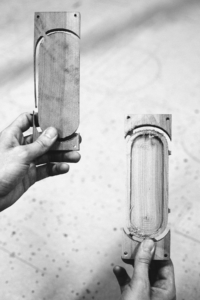
During that phase, the company conducted dozens of test sessions with musicians—including Adrian Utley (Portishead), John Baggott (Massive Attack), and Peter Zinnovief (creator of the VCS3)—to help find the perfect balance for its touch-plate mechanism and spent months personally working with employees at the production facility to fabricate the first Touché units. The finished product allows musicians to apply vertical pressure to the top and bottom of the touch-plate, as well as shift the whole plate to the left and right to intuitively control MIDI software and MIDI or CV hardware. A physical slider under the touch-plate also lets you adjust the physical resistance of the lateral axes.
Just like the Ondes Martenot, the Touché gives electronic musicians the same kind of interactivity and subtle sound control that they get when dealing with acoustic instruments. Musicians and producers across genres such as hip-hop, pop, EDM, and composition for picture have embraced the creative possibilities of the Touché. The media also bestowed it with many awards, including:
-
Electronic Musician Editor’s Choice Award, 2018 — “The Touché is so sensitive and responsive that barely grazing its surface or lightly tapping it rhythmically can produce wonderfully nuanced effects.”
-
Ask. Audio Best MIDI Controllers, 2017 — “If you haven't seen anything quite like the Expressive E Touché MIDI controller before, you're not alone. Touché is tactile, sensitive, and yet profoundly musical!”
-
XLR8R Best Gear of 2017 — “Touché feels like some unholy combination of an effects pedal, a Kaoss Pad, a mod wheel, and a fingerboard, but the result is somehow incredibly elegant and usable.”
Expressive E continues to develop new sounds dedicated to the Touché’s companion software instrument Lié, expand the large library of Touché presets for popular hardware and software synthesizers, and craft distinct sound expansions like Mercury and Helium.
In parallel, Expressive E also creates original softsynths, all of which integrate perfectly with the Touché and are enjoyable with all other MIDI controllers. For example, the physically modeled Arché plug-ins—violin, viola, and cello—simulate the physics of a real bow striking real strings in every last detail, leading to never-before-heard realism. Recently announced at NAMM, a new plug-in called Noisy should be revealed within the next months.
The Continuation: Osmose Keyboard
The new Osmose keyboard synthesizer integrates Expressive E’s multi-dimensional sensing technology for every single key of its entirely new A.K.A © Augmented Keyboard Action keybed—the first expressive keyboard that respects a player’s existing skills. With Osmose moving forward in its industrial process, check on the Osmose product page for the latest information, sound demos, and new artist discovery videos.
“New products like Expressive E’s Osmose, a wallop of an electronic instrument that can deliver acoustic and synthetic sounds at the lightest touch of a finger, are stripping away traditional barriers and challenging musicians to stretch limits.” — Rolling Stone, January 2020
To speak with Expressive E personnel about their past, present, and future mission of expressivity in electronic music, please contact Hummingbird Media below. Get more details on the company’s instruments and sounds at ExpressiveE.com.
About Expressive E:
The French electronic instrument developer Expressive E has created the award-winning Touché and Touché SE controllers, the award-winning Arché physical-modeling instruments and multiple soundbanks, including the MPE Collection. Expressive E’s mission is to improve the way musicians interact with sounds by creating a much more intuitive and powerful music-making experience.
The company debuted its first product, Touché, to bring the same emotive depth, playing sensation, and expression of acoustic instruments to the world of synthesizers and electronic music-making. As with an acoustic instrument, the users’ fingers tap, press, or trace across the wooden touch plate to create new sounds with astonishing dimensions.
Expressive E builds an open ecosystem of hardware and software products, letting musicians rediscover their hardware and software synths simply by using Expressive E’s presets or creating their own presets in the Lié software.

